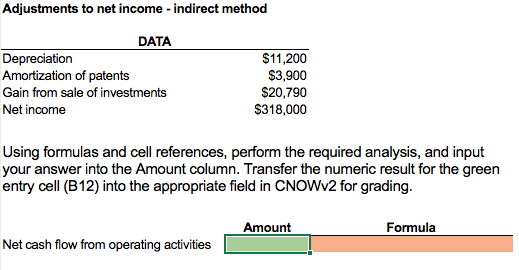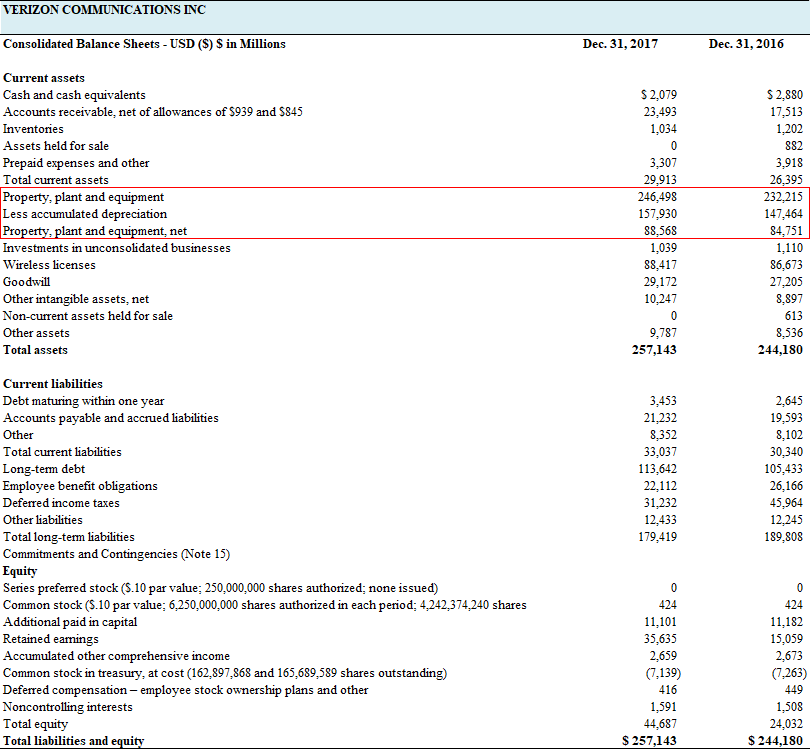


They include raw materials costs, marketing, advertising, or packaging. They include insurance payments, wages for support functions, leases, and rent.Īs the name indicates, these costs depend on how much you produce. These costs are incurred independently of producing one unit or one million. They don't depend on the level of production. Operating costs can also be put into categories: Expenses for raw materials, subcontractors, and labor are examples of COGS. On the other hand, COGS ( Cost of Goods Sold) regroups all direct costs incurred to produce a company's products. Administrative expenses represent consulting fees and internal indirect staff costs, such as salaries for support functions like finance and HR teams.General expenses represent utilities, office equipment, renting costs for offices or headquarters, and insurance.It also includes the salaries of a direct salesforce, payroll taxes, and benefits. Selling expenses represent advertising, marketing, and travel charges.Let's define each category of SG&A (Selling, General & Administrative expenses): These expenses are considered indirect as they are incurred by remunerating parties indirectly involved in the main operating activity. SG&A stands for Selling, General, and Administrative expenses. TTM provides a snapshot of a company's financial performance over the most recent twelve-month period, usually from the last May to the current year's May.īy utilizing these financial metrics and their variations, businesses and investors gain valuable insights into a company's financial health and operating efficiency, allowing for better decision-making and comparisons within the industry. It is also known as the Trailing Twelve Months (TTM).

There is also a term called "LTM EBITDA." LTM (Last Twelve Months) EBITDA measures earnings before interest, taxes, depreciation, and amortization in the last twelve months. It measures the profitability of a company's core operations without considering the effects of its capital structure, tax strategy, or depreciation policy. On the other hand, EBITDA represents "Earnings Before Interest, Taxes, Depreciation, and Amortization."īy adding these four expenses to net income, EBITDA provides a measure to compare companies across different industries and sectors, as it eliminates the effects of financing and accounting decisions and tax environments. EBITDARM is a financial metric for "earnings before interest, taxes, depreciation, amortization, rent, and management fees." It is used to evaluate the performance of certain companies with high operating costs related to rent and management fees.


 0 kommentar(er)
0 kommentar(er)
